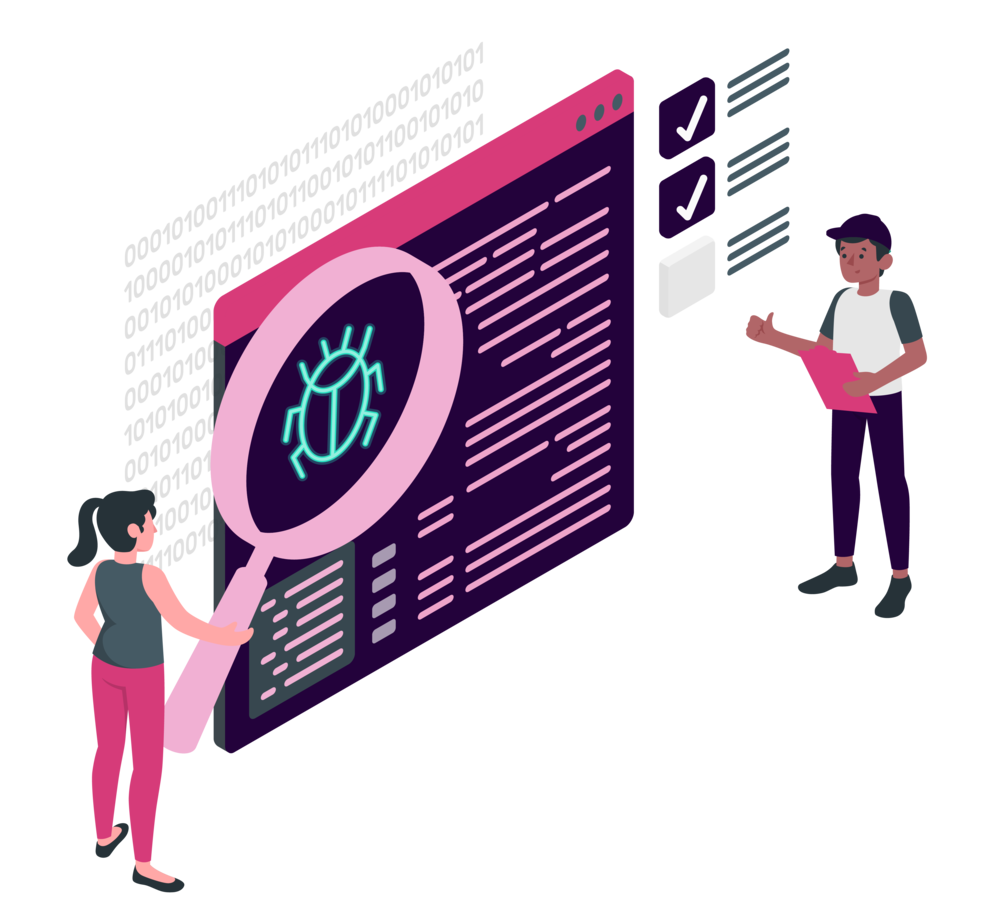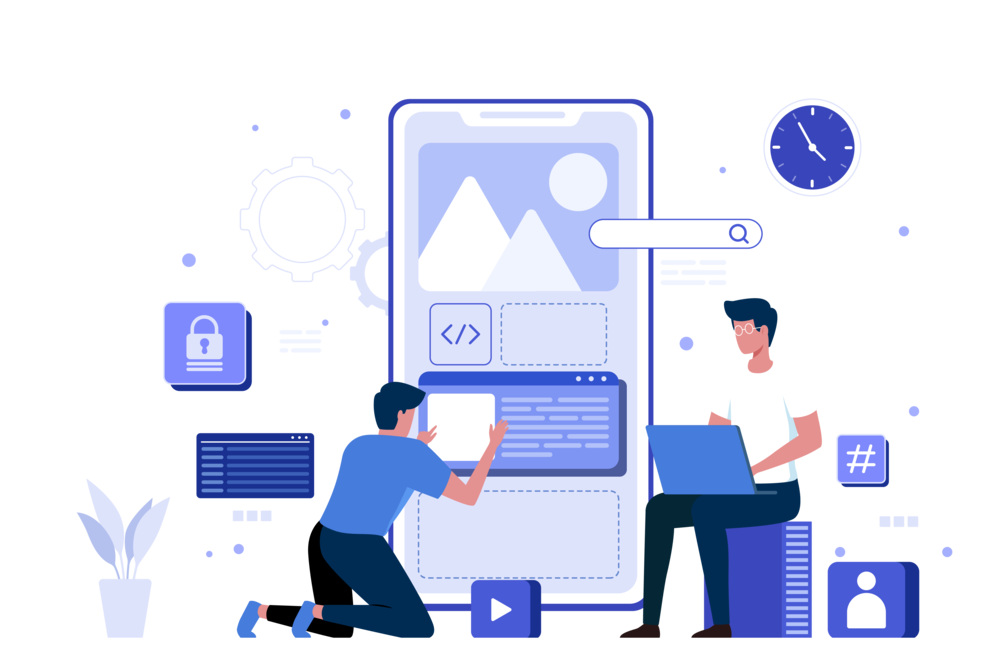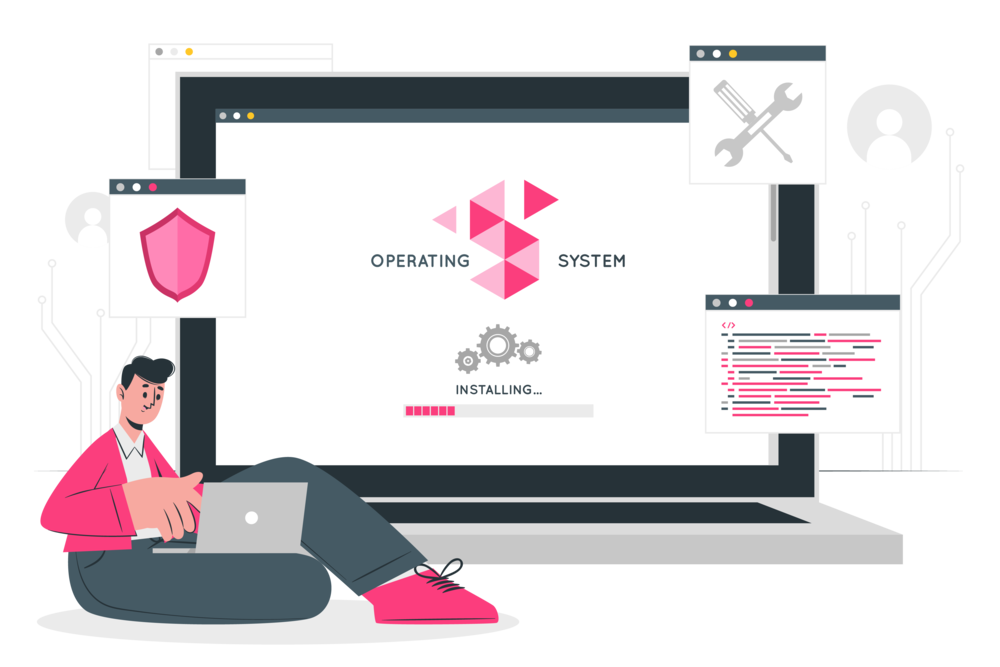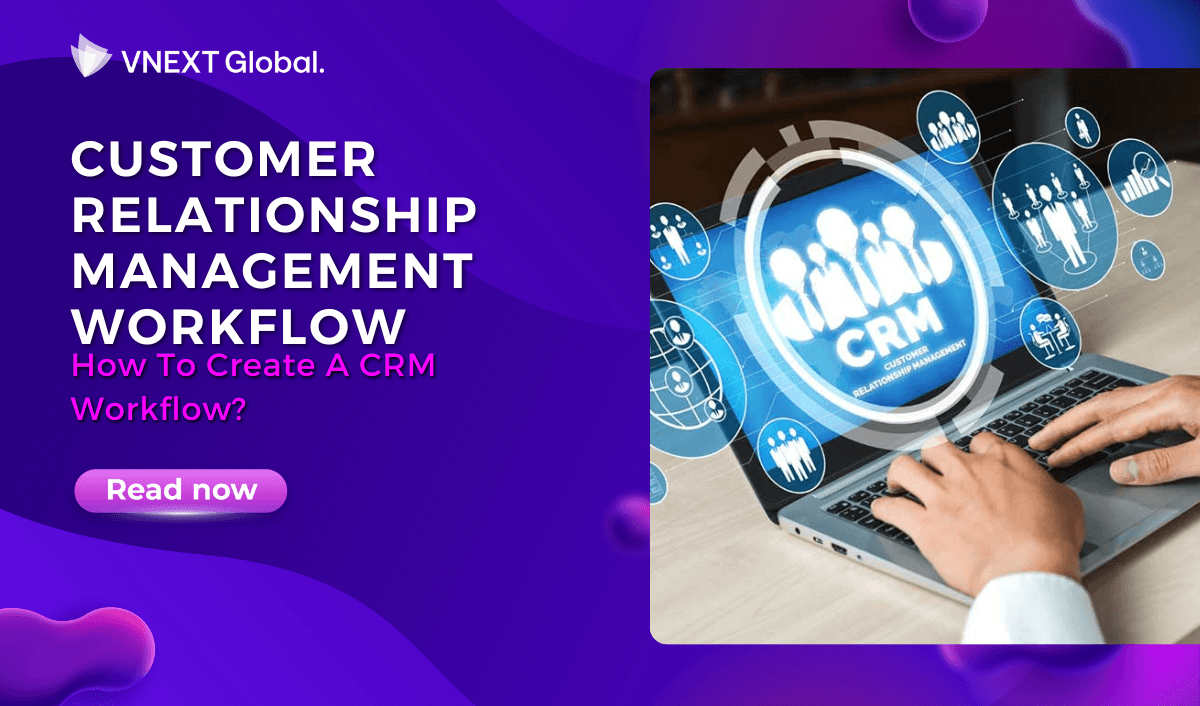Customer Relationship Management Workflow: How To Create A CRM Workflow?
In today’s competitive business landscape, it’s important for companies to establish and maintain strong relationships with their customers. One way to do this is by implementing a Customer Relationship Management (CRM) workflow. A CRM workflow is a set of processes and procedures designed to manage interactions with customers, build relationships, and improve customer satisfaction. In this blog post, we will discuss what a CRM workflow is, provide an example of a CRM workflow diagram, explain why businesses should use a CRM workflow, and provide steps for creating a CRM workflow.
1. What is a CRM Workflow?
A CRM workflow is a sequence of tasks, events, and actions that help a company manage its interactions with customers. The workflow is designed to capture and store customer data, analyze customer behavior and preferences, and provide personalized services to each customer. It’s like a domino effect because when you kick off the first step, others follow as a result of a cumulative effect throughout all processes, from data collection to performance monitoring.

2. An example of a CRM Workflow Diagram:
Here is an example of a CRM workflow diagram:
A CRM workflow diagram typically consists of interconnected components representing various stages and activities involved in managing customer relationships. Here is an example CRM workflow diagram:
• Data Analysis:
This stage focuses on gathering customer data, including contact information, purchase history, preferences, and interactions. It involves channels such as website forms, point-of-sale systems, customer service interactions, and social media monitoring.
• Data Analysis:
Once the data is collected, this stage involves analyzing the information to gain insights into customer behavior, trends, and patterns. Data analysis techniques such as segmentation, predictive analytics, and data visualization can be used to extract meaningful information.
• Customer Segmentation:
Based on the analyzed data, customers are grouped into segments with similar characteristics, preferences, or behaviors. Segmentation allows for targeted marketing efforts and personalized communication tailored to each segment.
• Communication and Engagement:
This stage focuses on developing communication strategies for each customer segment. It includes various channels such as email marketing, social media engagement, personalized offers, and loyalty programs. The goal is to engage customers effectively and nurture relationships.
• Feedback and Surveys:
Gathering customer feedback is crucial for understanding their satisfaction, preferences, and pain points. This stage involves conducting surveys, collecting feedback through customer support interactions, and monitoring social media sentiment to gain insights and improve the customer experience.
• Performance Monitoring:
The CRM workflow includes monitoring and measuring key performance indicators (KPIs) to assess the effectiveness of the implemented strategies. KPIs may include customer satisfaction scores, conversion rates, customer retention, and sales growth. This monitoring enables ongoing optimization and adjustment of the CRM workflow.

3. Why Should Businesses Use CRM Workflow?
Now, let’s delve into the reasons why businesses should use CRM workflow:
• Improve customer satisfaction:
A CRM workflow allows businesses to provide personalized services and offers to each customer segment. By understanding customer preferences, purchase history, and behavior, businesses can tailor their interactions and offerings to meet individual needs. This level of personalization enhances the overall customer experience, leading to higher satisfaction and increased loyalty. According to a study by Harvard Business Review, businesses that prioritize customer experience see a 10-15% increase in revenue growth and a 20% increase in customer satisfaction.
• Increase sales and revenue:
A well-executed CRM workflow enables businesses to identify opportunities to cross-sell or upsell products or services to existing customers. By analyzing customer data and behavior, businesses can identify specific customer needs and recommend relevant products or services. This targeted approach has proven to be effective in driving sales and revenue growth. Research by Salesforce indicates that high-performing sales teams are 1.5 times more likely to use CRM tools to nurture customer relationships and drive sales.
• Reduce costs:
Implementing a CRM workflow can help businesses reduce costs in various ways. Firstly, by automating routine tasks such as data entry, email communication, and reporting, businesses can minimize manual labor and free up valuable resources. This increases efficiency and productivity while reducing operational costs. Moreover, a CRM workflow allows businesses to streamline processes, identify bottlenecks, and optimize resource allocation, resulting in cost savings. A study by Nucleus Research found that CRM applications deliver an average return on investment (ROI) of $8.71 for every dollar spent.
• Enhance customer engagement and loyalty:
A CRM workflow enables businesses to engage with customers on a more personal level. By utilizing customer data, businesses can anticipate customer needs, provide relevant recommendations, and deliver timely and personalized communications. This level of engagement fosters stronger customer relationships, builds trust, and increases customer loyalty. According to a study by PwC, 73% of consumers consider customer experience to be an important factor in their purchasing decisions, highlighting the significance of engaging and satisfying customers throughout their journey.
• Gain actionable insights:
A CRM workflow allows businesses to gather and analyze customer data, providing valuable insights into customer behavior, preferences, and trends. By leveraging these insights, businesses can make informed decisions, refine marketing strategies, develop new products or services, and optimize customer segmentation. These actionable insights drive business growth and help companies stay ahead of their competition. According to Forrester Research, companies that focus on data-driven insights and decision-making are growing at an average of more than 30% annually.

4. CRM’s Case Studies:
One of the most prominent case studies that have successfully implemented a CRM workflow is Hilton Hotels. Hilton Hotels uses a CRM system to manage customer interactions and provide personalized services to guests. The CRM system captures guest preferences and history, allowing Hilton to provide personalized services and offers to each guest. This has helped Hilton increase customer loyalty and revenue.
Another worth-mentioning example is Coca-Cola. Coca-Cola uses a CRM system to manage customer interactions and track sales. The system helps Coca-Cola analyze sales data, identify trends, and target specific customer segments with personalized offers and promotions. This has helped Coca-Cola increase sales and revenue while improving customer satisfaction.

5. How to Create a CRM Workflow?
Creating a CRM workflow can seem overwhelming at first, but it can be broken down into a few simple steps:
• Define goals and objectives:
Start by clearly defining your goals and objectives for implementing a CRM workflow. Identify what you want to achieve, such as improving customer satisfaction, increasing sales, or streamlining processes. These goals will shape the design and execution of your CRM workflow.
• Identify data needs:
Determine the specific customer data that is crucial for achieving your goals. This may include demographic information, purchase history, communication preferences, or any other relevant data points. Ensure that your data collection aligns with your goals and enables you to gain actionable insights.
• Select a CRM system:
Choose a CRM system that suits your business needs and aligns with your goals. There are various CRM software options available, ranging from simple and affordable solutions to more robust and customizable platforms. Consider factors such as scalability, integration capabilities, user-friendliness, and reporting features.
• Collect and organize customer data:
Implement mechanisms to collect and organize customer data within your CRM system. This can involve integrating your CRM with other systems (e.g., e-commerce platforms, customer support tools) or manually inputting data. Aim to capture relevant customer information accurately and consistently.
• Analyze customer data:
Leverage the analytical capabilities of your CRM system to gain insights from the collected data. Identify patterns, trends, and correlations that can inform your decision-making. For example, analyze customer behavior to identify cross-selling or upselling opportunities, or identify segments with the highest customer churn rate to target retention efforts.
• Segment customers:
Divide your customer base into meaningful segments based on specific criteria such as demographics, preferences, or purchase history. This segmentation allows you to tailor your communication, marketing efforts, and service offerings to the unique needs and characteristics of each segment. Consider using CRM features like tags or custom fields to categorize and track customer segments.
• Develop communication strategies:
Craft personalized communication strategies for each customer segment. Determine the appropriate channels (e.g., email, social media, direct mail) and frequency for engaging with customers. Use the insights gained from your data analysis to create targeted and relevant messages that resonate with each segment.
• Implement automation:
Automation plays a vital role in streamlining your CRM workflow. Leverage the automation capabilities of your CRM system to automate routine tasks such as data entry, email campaigns, or follow-up processes. This reduces manual effort, minimizes errors, and enables your team to focus on more value-added activities.
• Gather customer feedback:
Integrate feedback mechanisms into your CRM workflow to gather insights directly from customers. This can include surveys, feedback forms, or social media listening. Regularly analyze and act upon this feedback to refine your CRM workflow and improve the customer experience.
• Monitor and optimize:
Continuously monitor the performance of your CRM workflow by tracking relevant metrics and key performance indicators (KPIs). Measure customer engagement, conversion rates, customer satisfaction scores, and other relevant metrics. Regularly evaluate the effectiveness of your CRM workflow and make necessary adjustments to optimize its performance.
Remember that creating a CRM workflow is an iterative process. Continuously evaluate and refine your workflow based on feedback, data analysis, and changing business needs. By maintaining a customer-centric approach and adapting to evolving customer expectations, you can create a CRM workflow that drives success and maximizes customer value.

Final Thoughts:
In conclusion, a CRM workflow is a set of processes and procedures designed to manage interactions with customers, build relationships, and improve customer satisfaction. It includes data collection, data analysis, customer segmentation, communication, feedback, and performance monitoring. Implementing a CRM workflow can help businesses improve customer satisfaction, increase sales, reduce costs, streamline processes, and enhance customer engagement. By following the steps outlined above, businesses can create a successful CRM workflow that drives results and improves the customer experience.
If you are looking for a trusted IT partner, VNEXT Global is the ideal choice. With 14+ years of experience, we surely can help you to optimize your business digitalization within a small budget and short time. Currently, we have 400+ IT consultants and developers in Mobile App, Web App, System Development, Blockchain Development and Testing Services. We have provided solutions to 600+ projects in several industries for clients worldwide. We are willing to become a companion on your way to success. Please tell us when is convenient for you to have an online meeting to discuss this further. Have a nice day!












